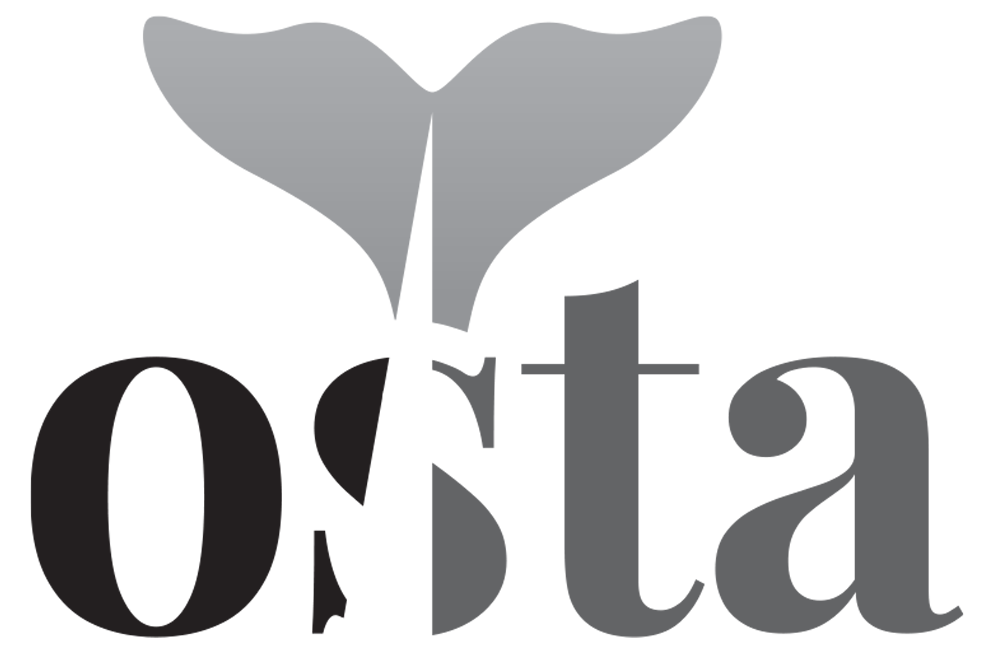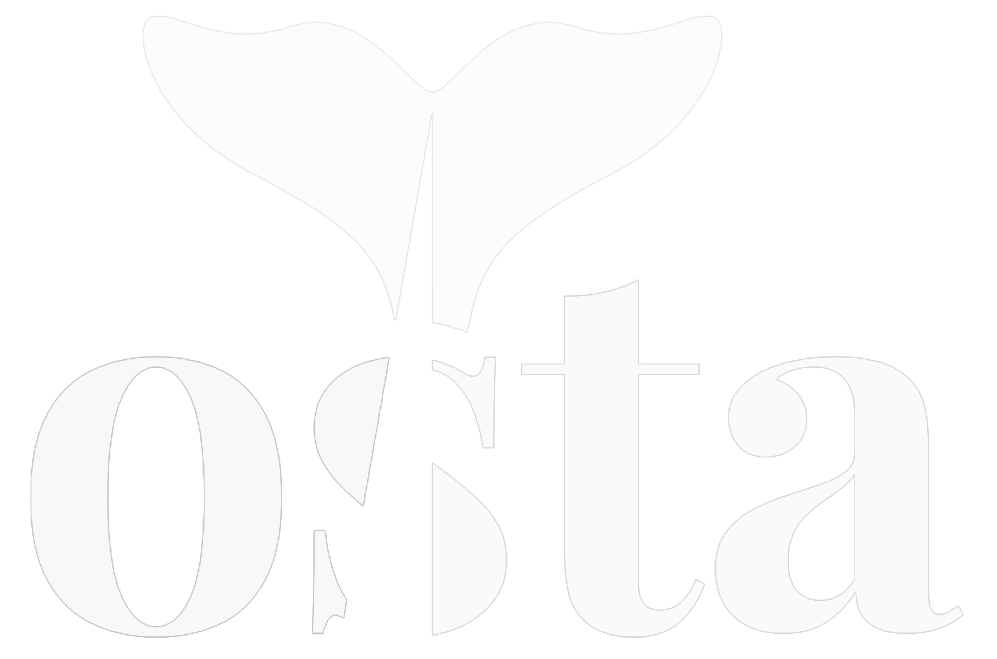Unlocking Animal Happiness
Bio-Certified Animals Thrive in Natural Habitats
Bio-certified pigs, bovines, poultry, sheep and goats in Flanders are given outdoor access with specified space requirements. Although similar privileges may extend to certain non-certified bovines, such as milk cows, and possibly to sheep and goats, pigs in intensive agriculture are typically confined indoors throughout their lives, devoid of outdoor access.
702,855 Animals
666,793 Poultry
21,020 Pigs
8,543 Goats and Sheep
6,499 Bovines
__
In Flanders, 702,855 animals are raised under the bio certification scheme. This includes 666,793 poultry, 21,020 pigs, 8,543 goats and sheep and 6,499 bovines.[1]
Outdoor Access for Bio-Certified Animals
Pigs
Out of 6.7 million pigs in Flanders, 21,020 (0.31%) are certified organic.[2] These pigs are allowed outdoor access, with specific space requirements, ranging from 0.4 to 8 square meters, determined by factors such as their state, weight, and sex.[3]
Bio certification requirements specify that pigs are allowed to go outside with a minimum outdoor space from 0.4 to 8 square meters, depending on the state, weight, and sex of the pig. For example:
- a nursing sow and her piglets are allotted a minimum of 2.5 square meters of outdoor space.
- pigs weighting less than 35 kg have 0.4 square meters of outdoor space, while those over 110 kg have 1.2 square meters.
- pregnant and female breeding pigs are provided with 1.9 square meters, while male breeding pigs are granted 8 square meters of outdoor space.
Conversely, pigs in intensive agriculture are confined indoors throughout their lives, deprived of outdoor access.
Bovines
Out of the 1.1 million bovine animals in Flanders, 6.499 (0.59%) are certified organic, including 3,675 milk cows.[4] These bovine animals are entitled to graze on pastureland, subject to favorable weather conditions and suitable land conditions.[5]
Bio-certification mandates specific minimum outdoor space requirements for breeding and fattening cattle and equids, varying based on the animal’s weight:
- animals weighing less than 100 kg require a minimum of 1.1 square meters per animal.
- animals weighing less than 200 kg need at least 1.9 square meters each.
- those weighing less than 350 kg require a minimum of 3.0 square meters per animal.
- animals weighing over 350 kg necessitate a minimum of 7 square meters each, with an additional 0.75 square meters for every 100 kg beyond that threshold.
Each milk cow is allocated a minimum outdoor space of 4.5 square meters, while breeding bulls are granted 30 square meters per animal.[6]
Note that bovines that are not bio-certified may also have access to the outdoors. In fact, 60.3 % of Flemish milk cows (278,643 cows) graze outdoors [7]
Poultry
Out of the 55.1 million poultry in Flanders, 666.793 (1.21%) are certified organic, including 298,364 laying hens.[8]
Bio-certified poultry have specific minimum outdoor space requirements:
- parent animals of future laying hens and meat chicken are allocated a minimum of 4 square meters per animal.
- young hens and roosters are provided with 1 square meter each.
- laying hens are granted a minimum of 4 square meters per animal.
- fattening poultry require at least 2.5 square meters per animal.
- capons, poulards, and castrated roosters in fattening conditions need a minimum of 4 square meters per animal.[9]
Poultry in intensive agriculture settings may also have outside access, such as free-range laying hens or free-range meat chickens, where they are given a minimum of 4 square meters or 1 square meter of outdoor space, respectively.
Sheep and Goats
Out of the 199,735 sheep and goats in Flanders, 8,543 (4,28 %) are certified organic.[10]
Bio-certified sheep and goats are provided with a minimum of 2.5 square meters of outside space per animal. Their young, including lambs and young goats, are allocated a minimum of 0.5 square meters each.[11]
Note that sheep and goats that are not bio-certified may also have outdoor access.
[1] Department of Agriculture and Fisheries Flanders, ‘The Organic Production and Consumption in 2022’ (original text in Dutch) 16.
[2] Ibid. 16.
[3] Bioforum Flanders, ‘Bio and the Law– Animal Production’ (original text in Dutch) 23-24.
[4] Ibid. (n 1) 16.
[5] If herbivores have access to pastureland during the grazing period (recommended: max. 10 milk cows per hectare) and enjoy freedom of movement in winter housing, there is no mandatory outdoor access during the winter months. Bulls older than one year must always have access to pastureland or an outdoor space. Since January 1, 2022, the fattening of adult beef cattle must no longer take place indoors (Ibid. Bioforum Flanders (n 3) 28).
[6] Ibid. Bioforum Flanders (n 3) 23.
[7] Pieter Van Rumst, Ann Schellekens, Kristine Piccart and Thibaut Cloet et al., ‘Weidewijs: Future-oriented grazing in Flanders’ (Information sheets, WeideWijs Future-oriented Grazing in Flanders Project, August 2023) 4.
[8]Ibid. Department of Agriculture and Fisheries Flanders (n 1) 16.
[9] Ibid. Bioforum Flanders (n 3) 24-25.
[10] Ibid. Department of Agriculture and Fisheries Flanders (n 1) 16.
[11] Ibid. Bioforum Flanders (n 3) 23.


